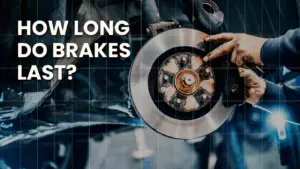Vehicle brakes are an integral part of your car’s safety system, and understanding their function, the different types, and how to maintain them can significantly improve your driving experience and road safety.
The Function of Vehicle Brakes
At their most basic level, vehicle brakes work on the principle of friction. When you press the brake pedal, it causes a set of pads to squeeze onto a rotating disc (or into a drum in some older models), creating friction. This friction slows down the rotation of the wheels, and consequently, the car itself.
Brakes are part of a larger system, which includes the brake pedal, master cylinder, brake lines, brake pads or shoes, and brake discs or drums. The process begins when you press the brake pedal, which pushes hydraulic fluid through the brake lines and into the calipers (or wheel cylinders in a drum brake system). This causes the brake pads or shoes to press against the rotor or drum, slowing or stopping the vehicle.
Types of Vehicle Brakes
There are two main types of brakes found in modern vehicles: disc brakes and drum brakes.
Disc Brakes
Disc brakes consist of a brake rotor that is attached directly to the wheel. Calipers straddle the rotor, and when the brake pedal is applied, hydraulic pressure forces the brake pads against the rotor. Disc brakes are known for their efficient heat dissipation and strong stopping power, making them the preferred choice for the front brakes in most vehicles, which bear the brunt of the braking force.
Drum Brakes
Drum brakes work on the same principle as disc brakes but in reverse. Instead of pads pressing onto a rotor, brake shoes press outwards against the inside of a brake drum. While generally not as efficient at heat dissipation as disc brakes, drum brakes are often found on the rear wheels of many cars due to their cost-effectiveness and integral parking brake mechanism.
Maintaining Your Vehicle Brakes
Regular brake maintenance is crucial for your safety and can prevent costly repairs in the future. It’s essential to be aware of the signs that your brakes may need servicing, which can include a squealing or grinding noise when braking, a pulsating or vibrating brake pedal, or the car pulling to one side when braking.
Routine maintenance involves several key steps:
Brake Inspection
An annual brake inspection is a good practice. During the inspection, a mechanic will check the thickness of the brake pads, the condition of the brake rotors or drums, and the brake fluid. They will also look for leaks in the brake lines and inspect the overall condition of the braking system.
Brake Pad Replacement
Brake pads wear down over time due to the friction they experience. The lifespan of brake pads can vary widely based on your driving habits and the specific materials used in the pads. As a general rule, brake pads should be replaced when the material has worn down to about 1/4 inch thick.
Brake Fluid Change
Brake fluid plays a critical role in the hydraulic system that operates your brakes. Over time, brake fluid can absorb water, which can cause rust in your brake system and decrease the performance of your brakes. Most manufacturers recommend changing the brake fluid every two years or 24,000 miles, but this can vary based on your specific vehicle and driving conditions.
Rotors and Drums
Brake rotors and drums can also wear down over time. If they become too thin, they may not be able to dissipate heat properly, which can lead to decreased brake performance. A mechanic can measure the thickness of your rotors or drums during an inspection to determine if they need to be replaced.
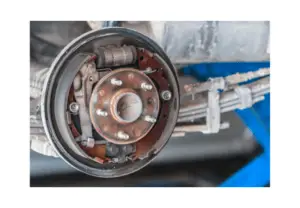
How Long Do Drum Brakes Last: 4 Top Factors Influencing Their Longevity
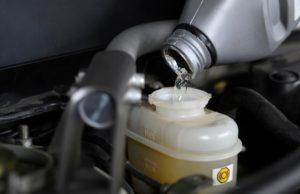
The Dangers of Brake Fluid Contamination: Causes and Preventive Measures
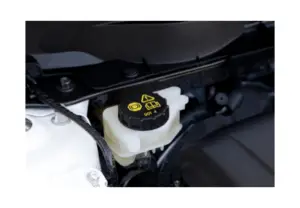
Brake Fluid Boiling Point – The Importance for Safe Driving
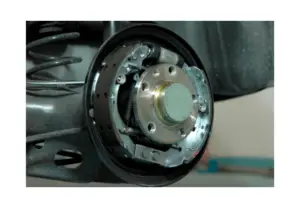
What Are Drum Brakes on a Car

How Do Car Brakes Work?
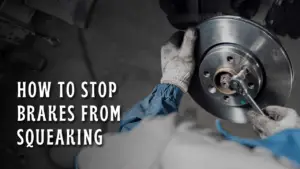
How To Stop Brakes From Squeaking?
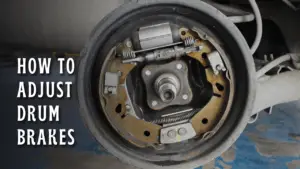
How To Adjust Drum Brakes: Step-by-Step Guide for Top Performance
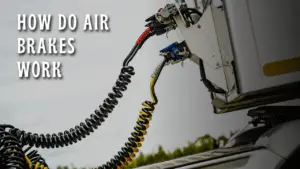
How Do Air Brakes Work – Comprehensive Guide
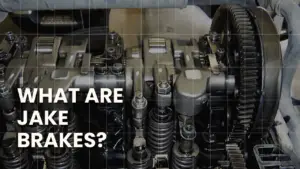
What Are Jake Brakes?
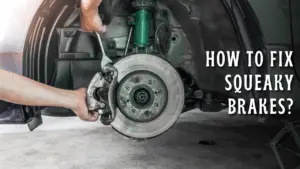
How To Fix Squeaky Brakes
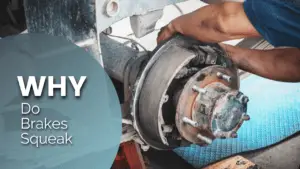
Why Do Brakes Squeak? Learn the 8 Reasons
